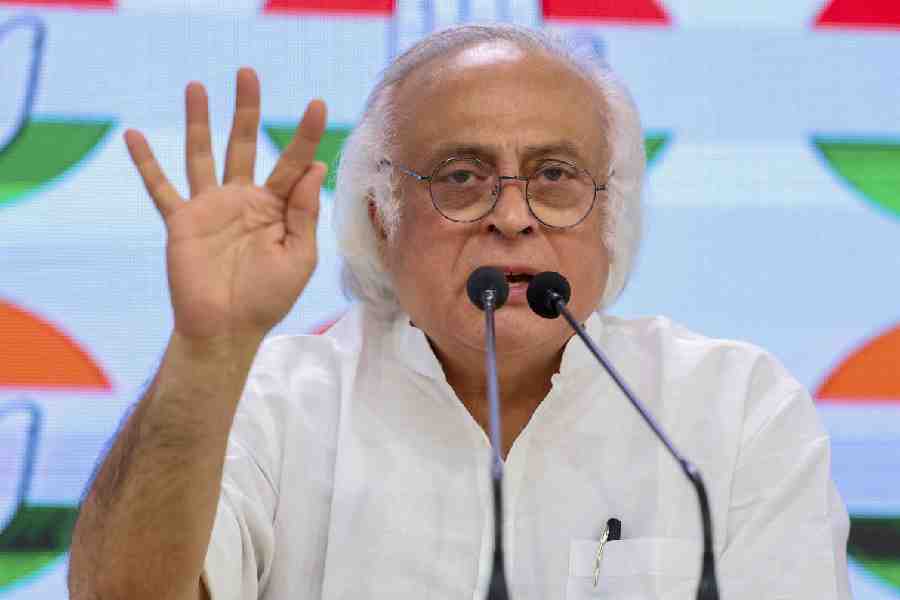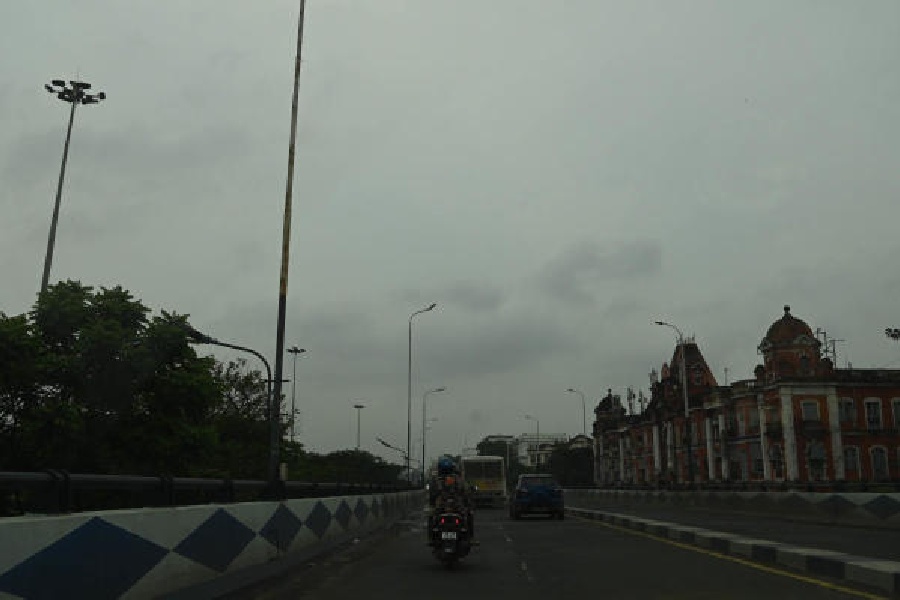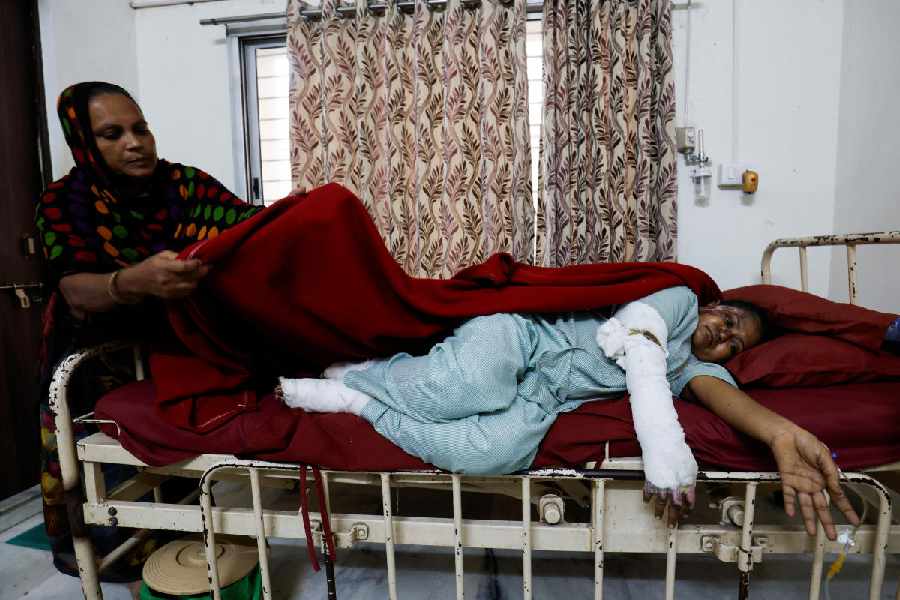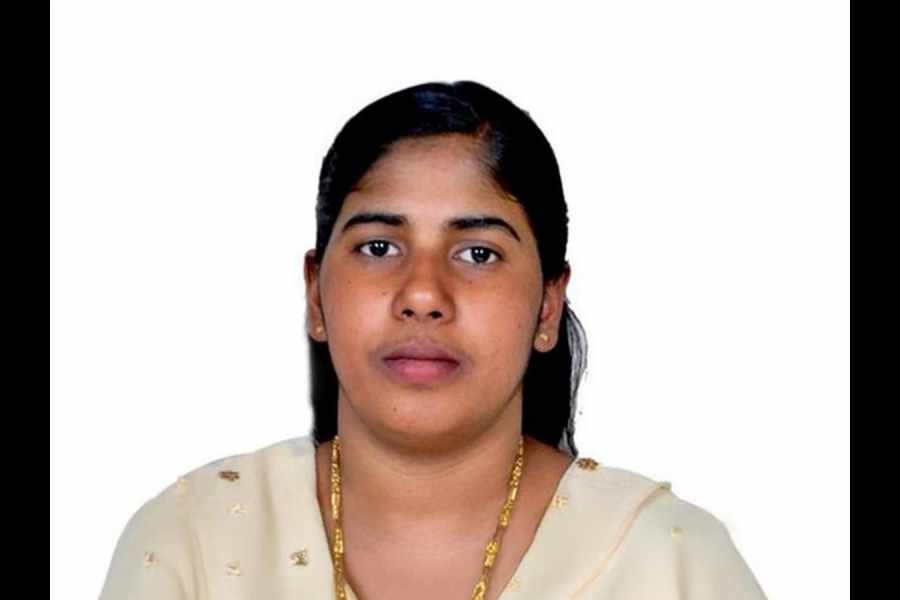Agartala, Sept. 2: The Tripura government is on collision course with the Centre following a threat by the Union ministry of rural development to slash funds for poverty alleviation schemes if the state did not stick to the below poverty line figure finalised by it.
While Tripura maintains that its BPL population stands at 66.81 per cent, the Union rural development ministry informed the state on January 30 that the Planning Commission, based on socio-economic indices of 1999-2000, put the figure at 44 per cent.
“Central assistance on poverty alleviation schemes will take into account the 44 per cent BPL figure before finalisation of sanctions for Tripura and if the state presses its demands with higher percentage of BPL, the funds sanction will be slashed,” said the letter sent by the Union ministry.
The issue came up for discussion at the ongoing monsoon session of the state Assembly with Congress MLA Gopal Roy raising it in the form of a matter of urgent public importance.
Replying to the notice, state minister for rural development Jiten Chowdhury said the start of a five-year plan was always preceded by a survey conducted by state governments at the directive of the Union ministry of rural development. The aim of the survey was to identify people living below poverty line for providing assistance under a slew of poverty alleviation schemes like Indira Awas Yojana and Swarna Jayanti Gramin Swarojgar Yojana, Antyoday Anna Yojana and so on, he said.
However, there was a marginal change since 1997 with families having an annual income of Rs 16,000 and below included in the BPL group and accordingly the state’s figure stood at 66.81 per cent.
The minister pointed out that the methodology of BPL survey changed since 1997 as the Centre introduced 13 specific socio-economic indices to determine the figure over and above the income and expenditure pattern of the families.










